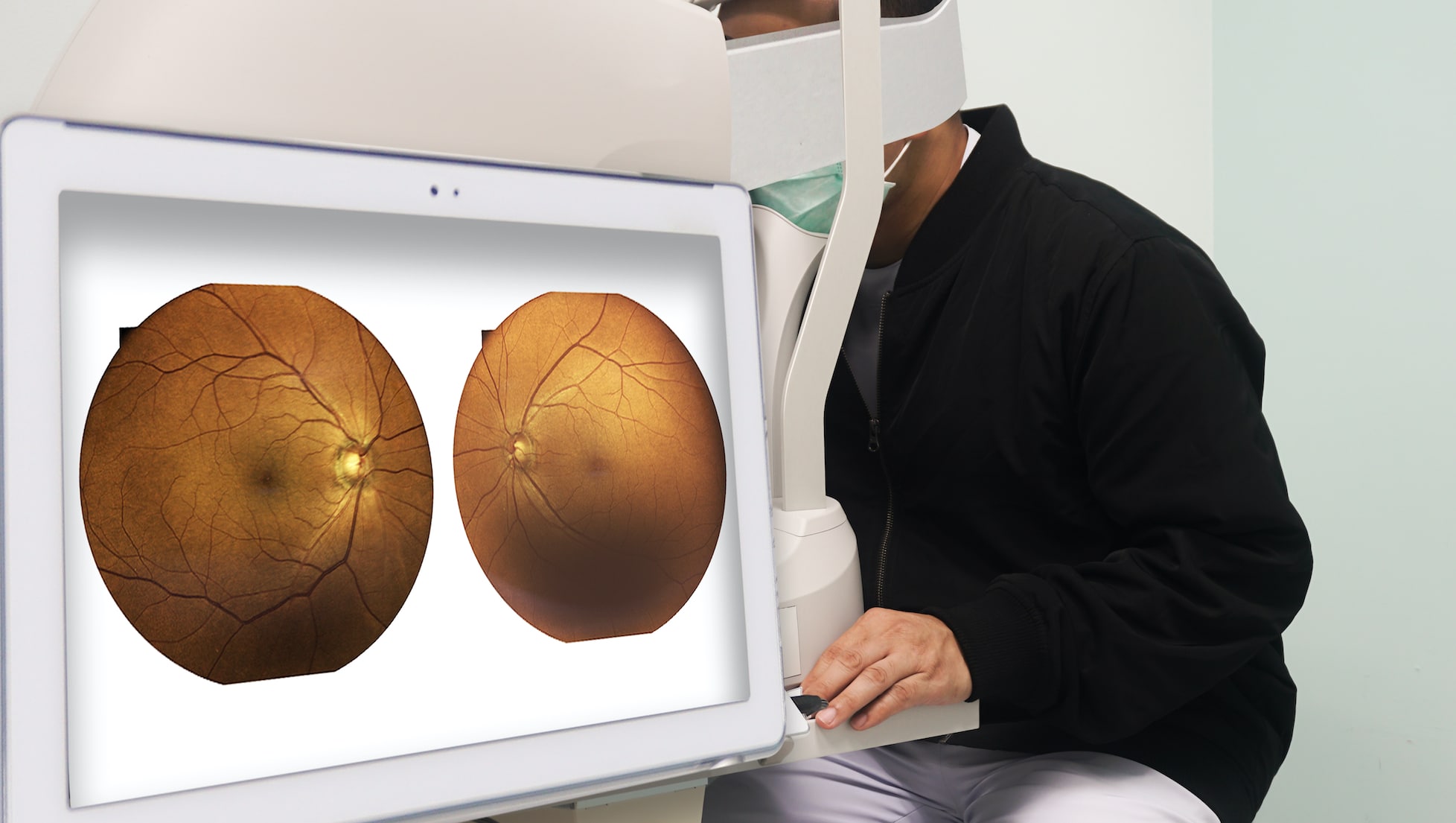The eyecare profession is shining a light on the sight-threatening outcomes of undiagnosed and unmanaged diabetes as part of National Diabetes Week (9 – 15 July 2023).
O=MEGA23 in partnership with the 4th World Congress of Optometry (WCO) will feature latest research about diabetes management as part of its rich and diverse conference program at its major event next month.
In addition, RANZCO’s Vision2030 and Beyond diabetic retinopathy working group is working closely with experts to investigate appropriate referral pathways so patients with more risk factors are identified earlier on, as well as ensuring those who already have diabetic retinopathy get timely treatment.
Eyecare professionals are being encouraged to understand and familiarise themselves with the clinical signs and symptoms of dry eye disease among patients who have Type 2 diabetes, with more than 50% of those with the condition remaining undiagnosed.
Although dry eye disease affects 38 to 54% of Type 2 diabetics globally – based on prevalence rates – many of those with the condition do not experience symptoms despite exhibiting clinical signs.
According to Associate Professor Maria Markoulli from the School of Optometry and Vision Science at UNSW, and speaker at the upcoming O=MEGA23/WCO4 event in Melbourne (8 – 10 September), the elevated risk that diabetic patients have in sustaining irreparable corneal nerve damage means early identification and management of dry eye disease is imperative.
“The coexistence of dry eye disease and diabetes can pose an additional risk to the already vulnerable ocular surface. Diabetes is known to increase the likelihood of corneal erosion formation, neurotrophic ulceration and persistent epithelial defects,” Markoulli said.

“Corneal nerves not only provide sensory input but also play a crucial role in maintaining the structure and function of the cornea. They regulate epithelial integrity, growth, proliferation, and wound healing, providing trophic support. Any disruption in corneal innervation can compromise epithelial integrity, leading to recurrent epithelial erosions and increasing the risk of neurotrophic ulceration.”
Research conducted by Markoulli’s team indicates that individuals with type 2 diabetes who concurrently have peripheral neuropathy are four times more prone to developing dry eye disease compared to those who do not.
“Patients diagnosed with type 2 diabetes and peripheral neuropathy have an elevated susceptibility to developing dry eye disease. The severity of peripheral neuropathy is associated with decreased tear secretion, indicating a potential contribution to aqueous insufficiency,” Markoulli said.
“As clinicians, it is not only our responsibility to proactively assess and manage dry eye disease in these individuals, even in the absence of symptoms, but also educate them about the potential consequences should the condition remain undiagnosed as well as explain the signs and symptoms to look out for.”
Markoulli’s presentation at O=MEGA23/WCO4, Clinical signs and symptoms of dry eye disease in presence of peripheral neuropathy among patients with type 2 diabetes, will take place on Saturday, September 9 in The Plenary room at the Melbourne Convention & Exhibition Centre (MCEC) from 12:10pm – 12:30pm.
Dr Shweta Kaushik, ophthalmologist and RANZCO Fellow, said approximately 1.3 million Australians are living with diabetes, with 400,000 unaware they have it. Indigenous Australians are 2.9 times more likely to be affected.
Kaushik said two primary factors put Aboriginal and Torres strait islander populations at greater risk: higher rates of diabetes and lower rates of screening and access to screening compared with non-Indigenous Australians.
“It is estimated that approximately one in 10 Aboriginal and Torres Strait Islander adults diagnosed with diabetes also have vision impairment due to diabetic retinopathy.
‘Only half of all Aboriginal and Torres Strait Islander people with diabetes are able to have their annual eye check for diabetic retinopathy, and a quarter of those with diabetes will not have a screening test at all.”
More reading
KeepSight’s targeted approach increases uptake of diabetes eye checks
New Diabetes Australia report reveals dramatic jump in diabetes costs for economy
Shifting the dial on diabetes-related blindness




